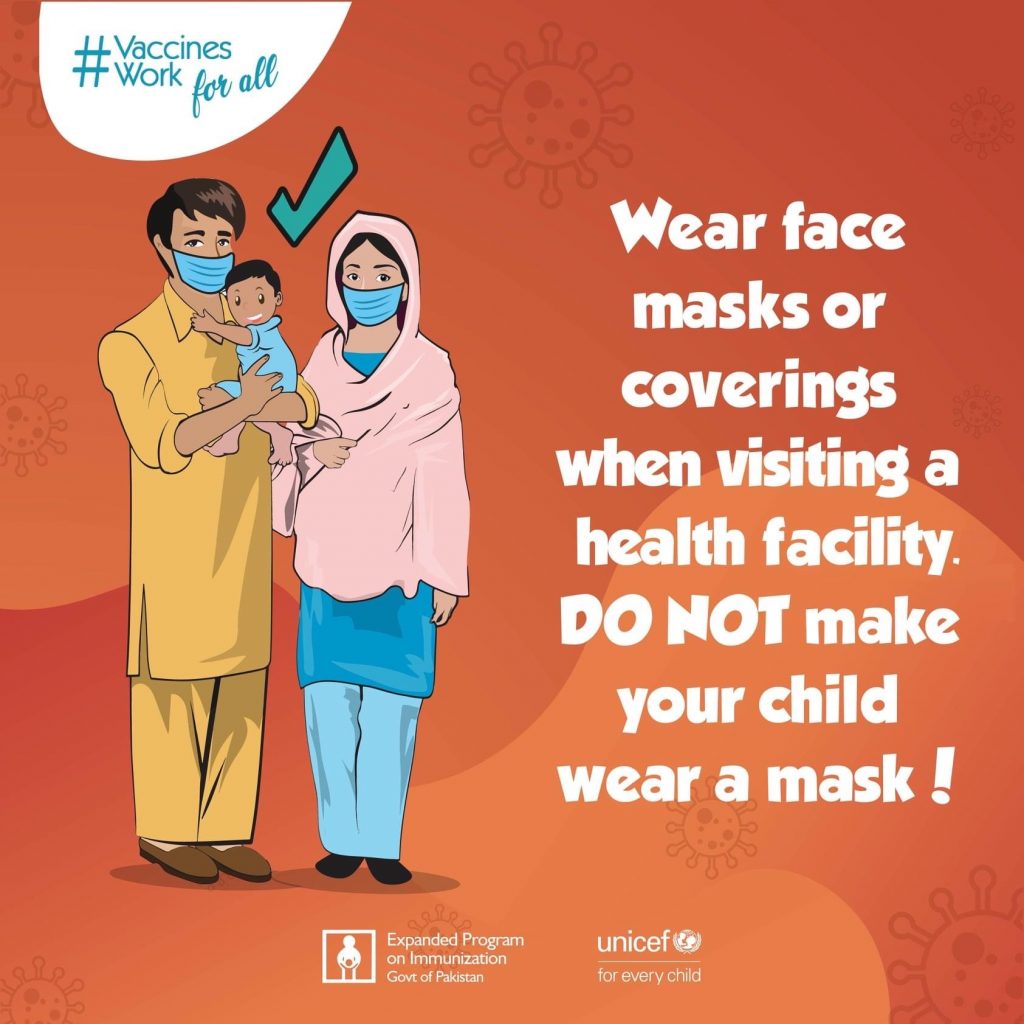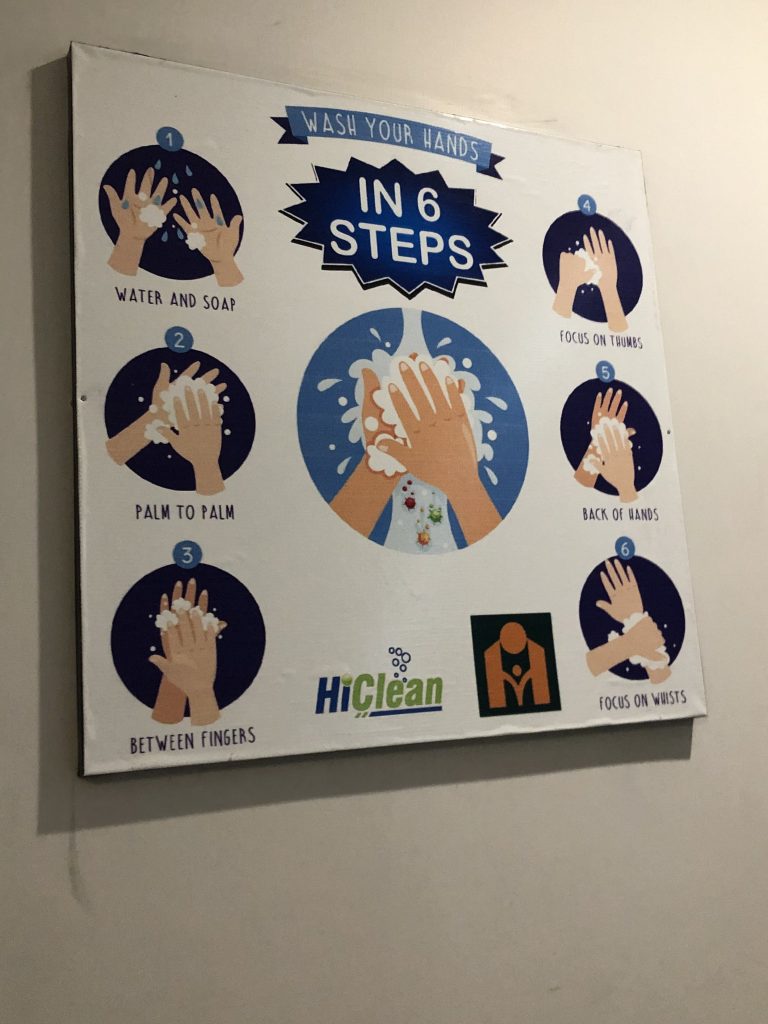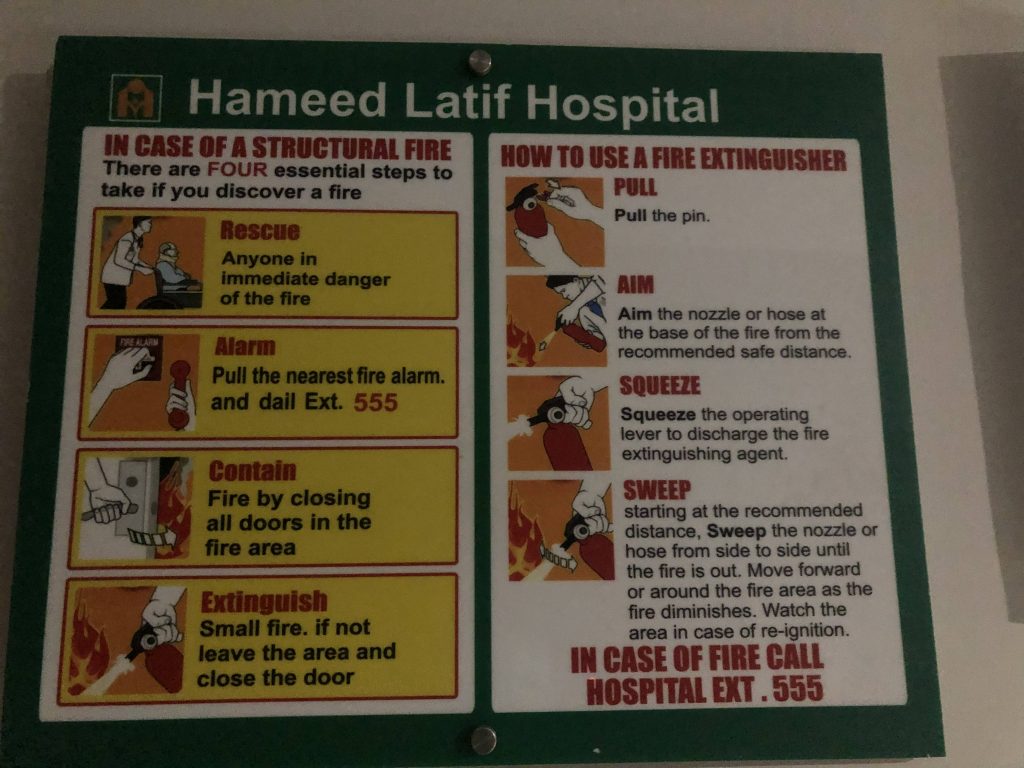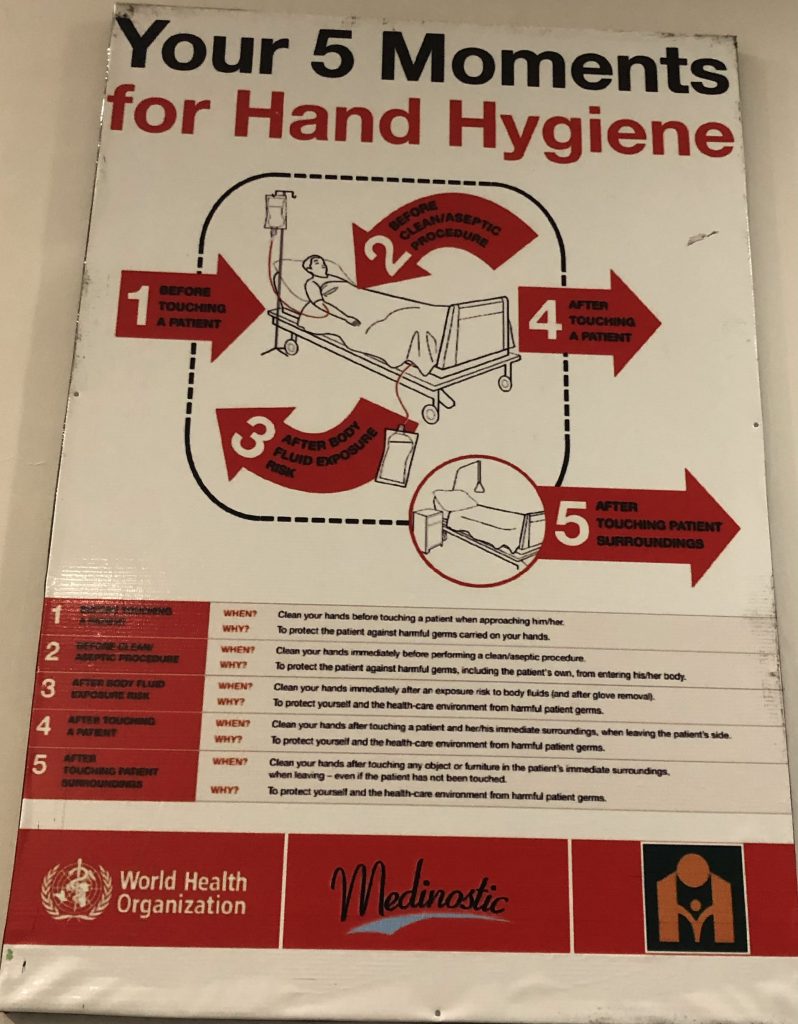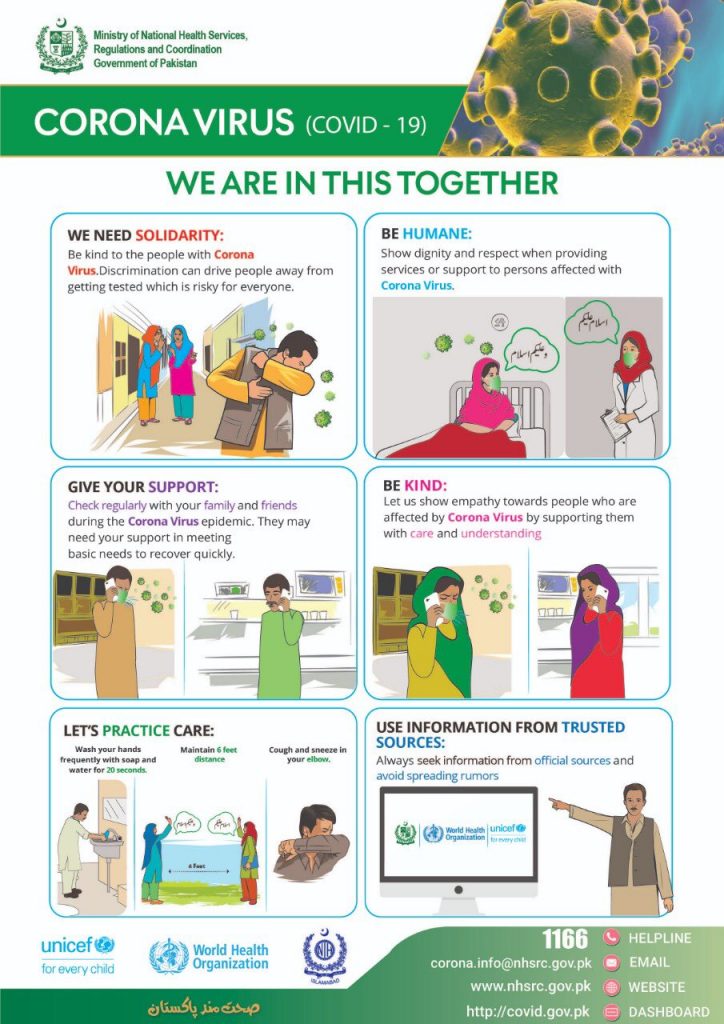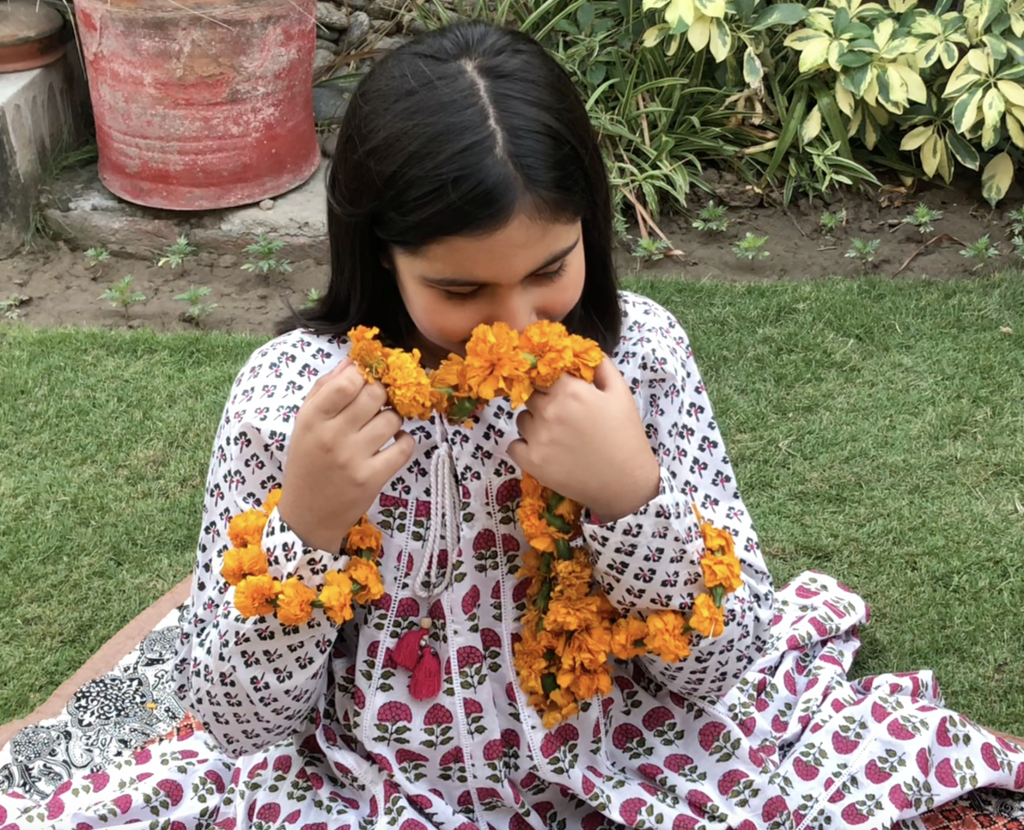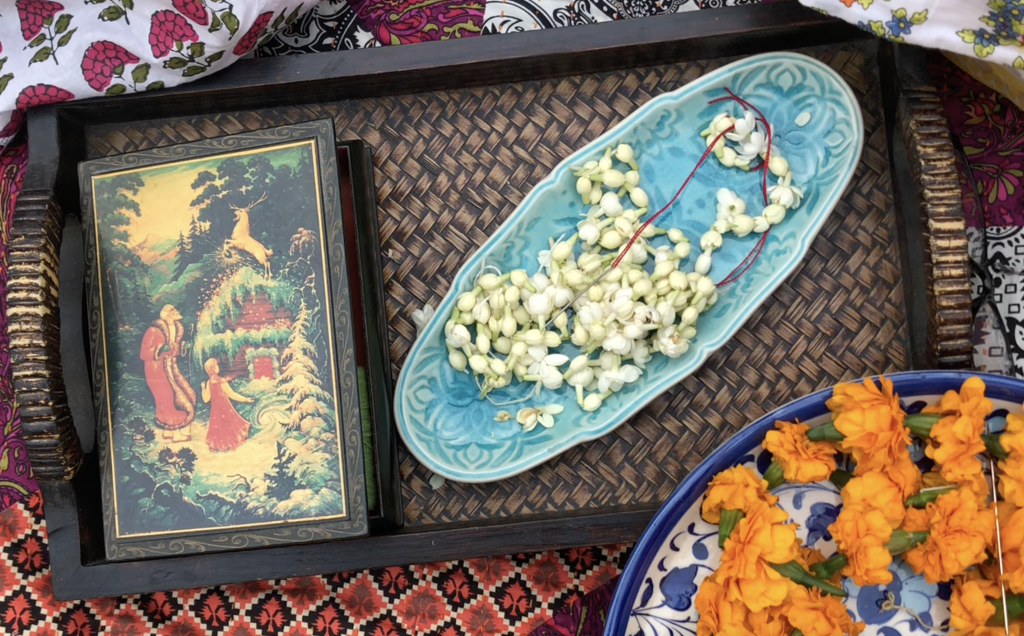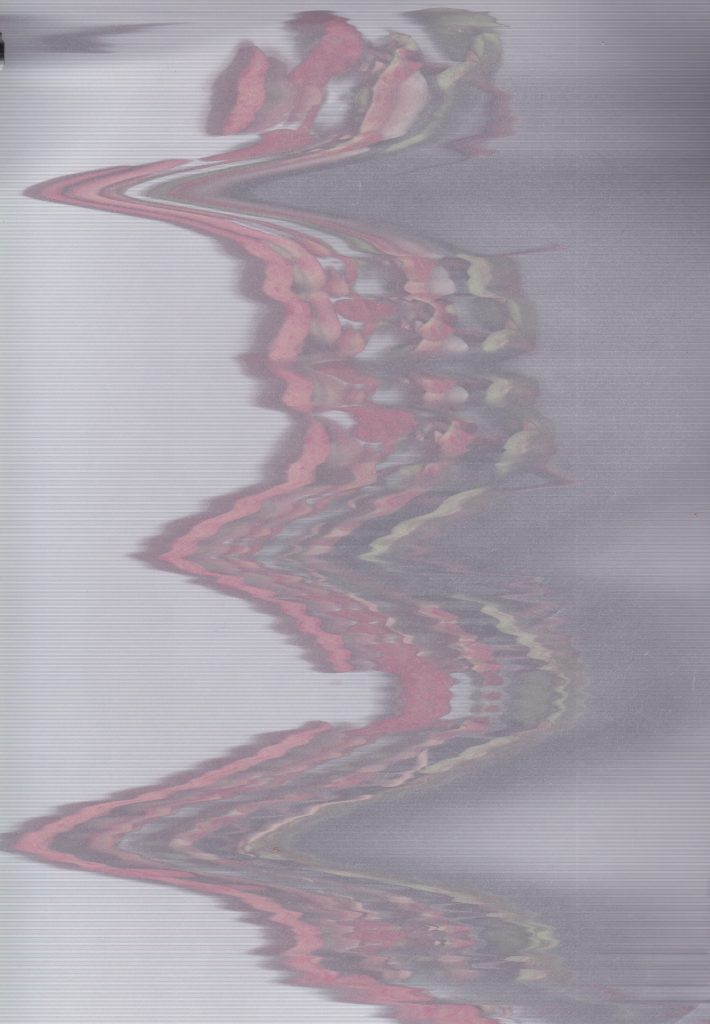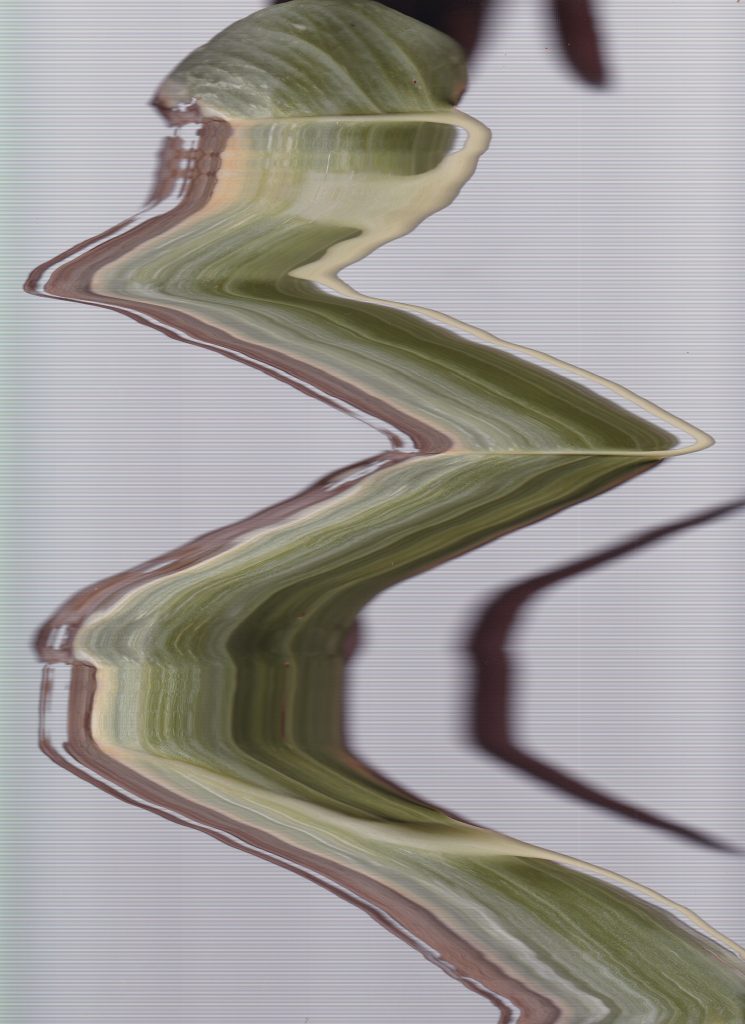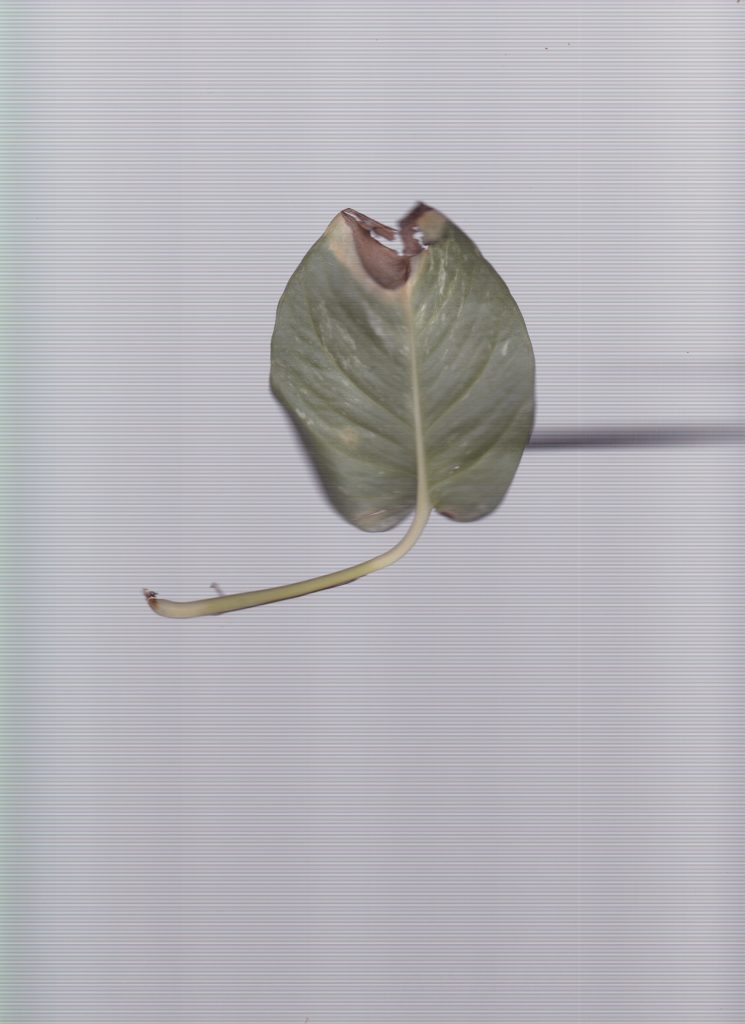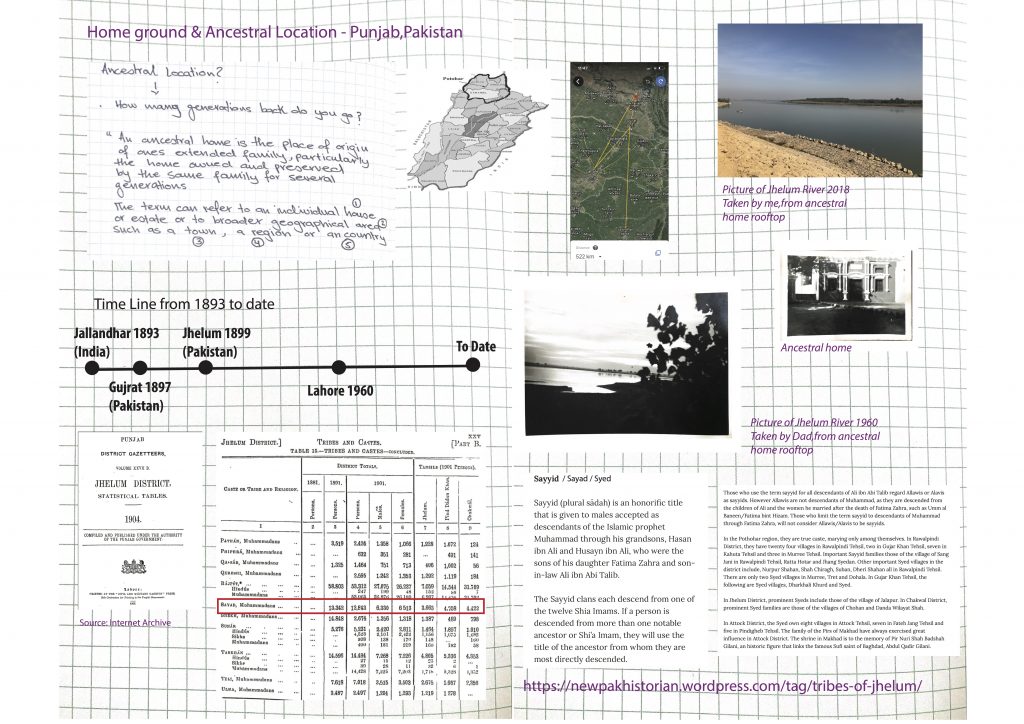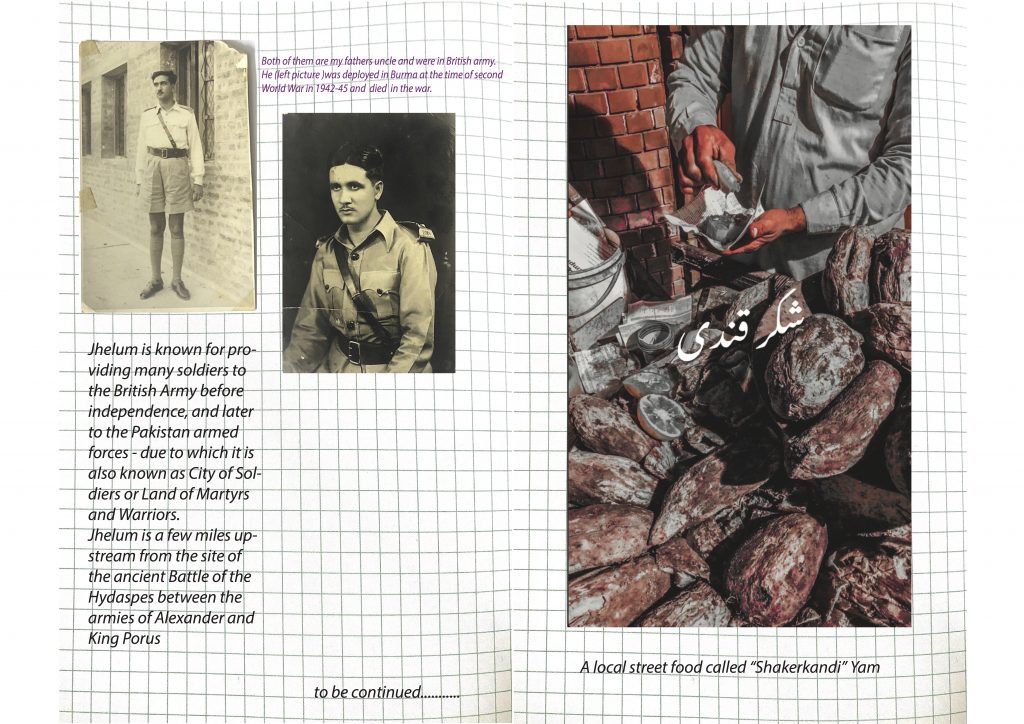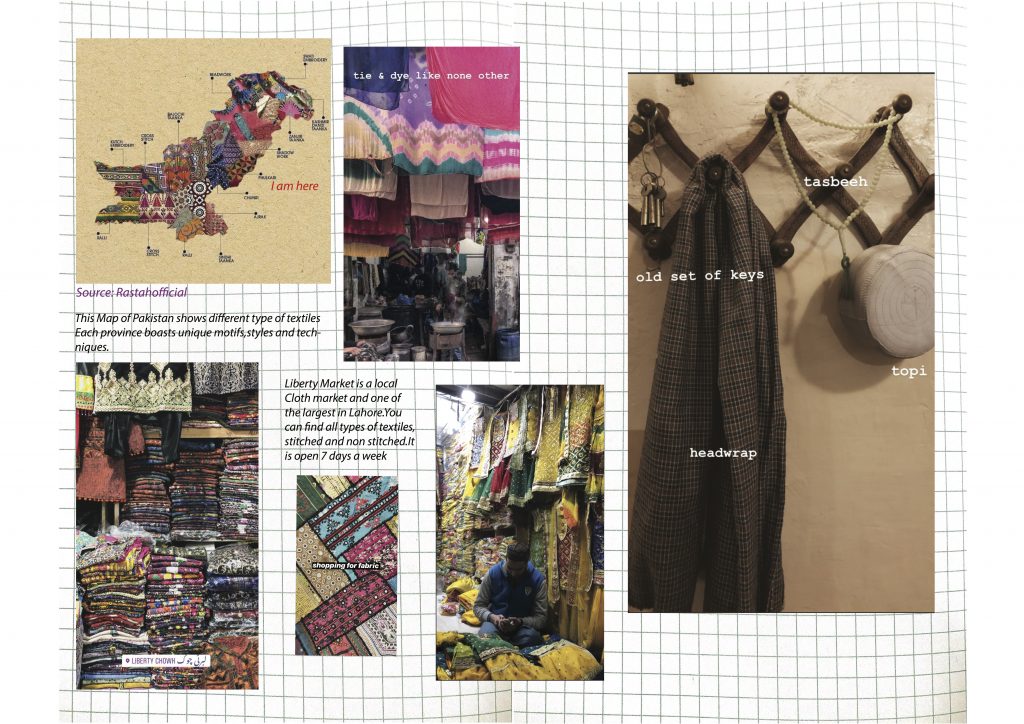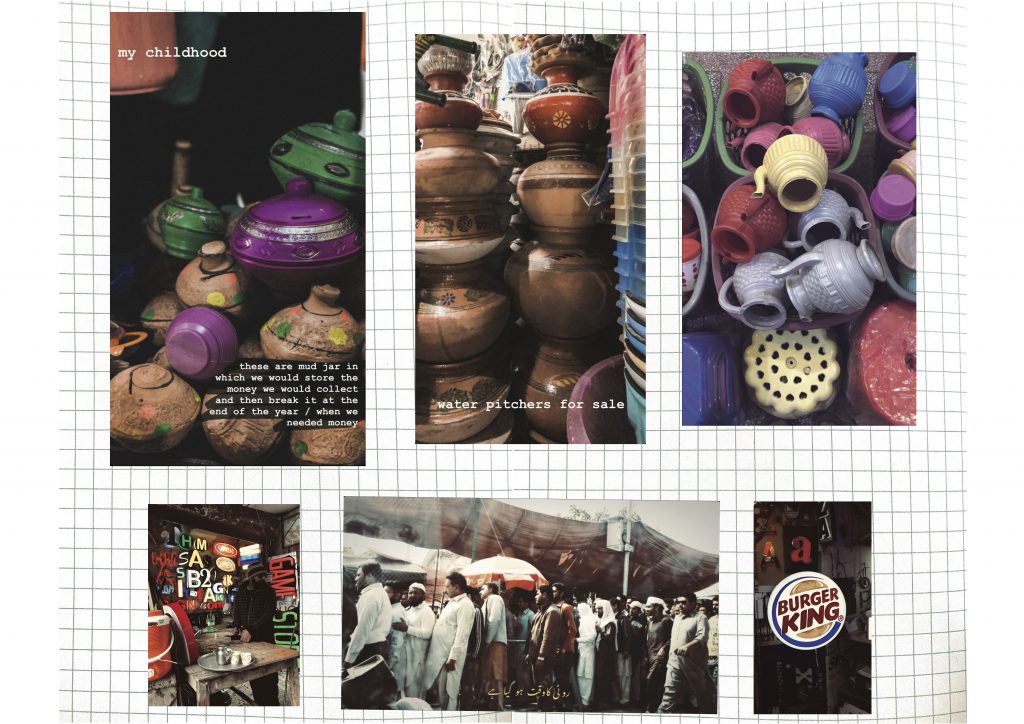Action 5: Transcending the Limits of the Real- Flowers Bloom
Action 4: Step Out and Look Wider
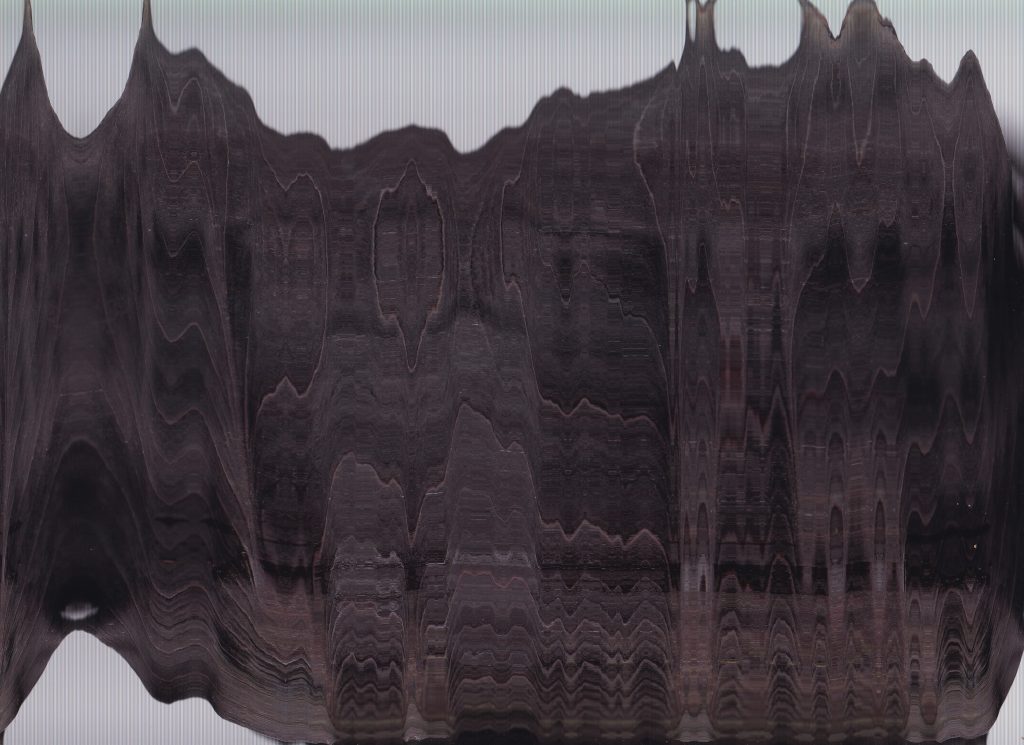
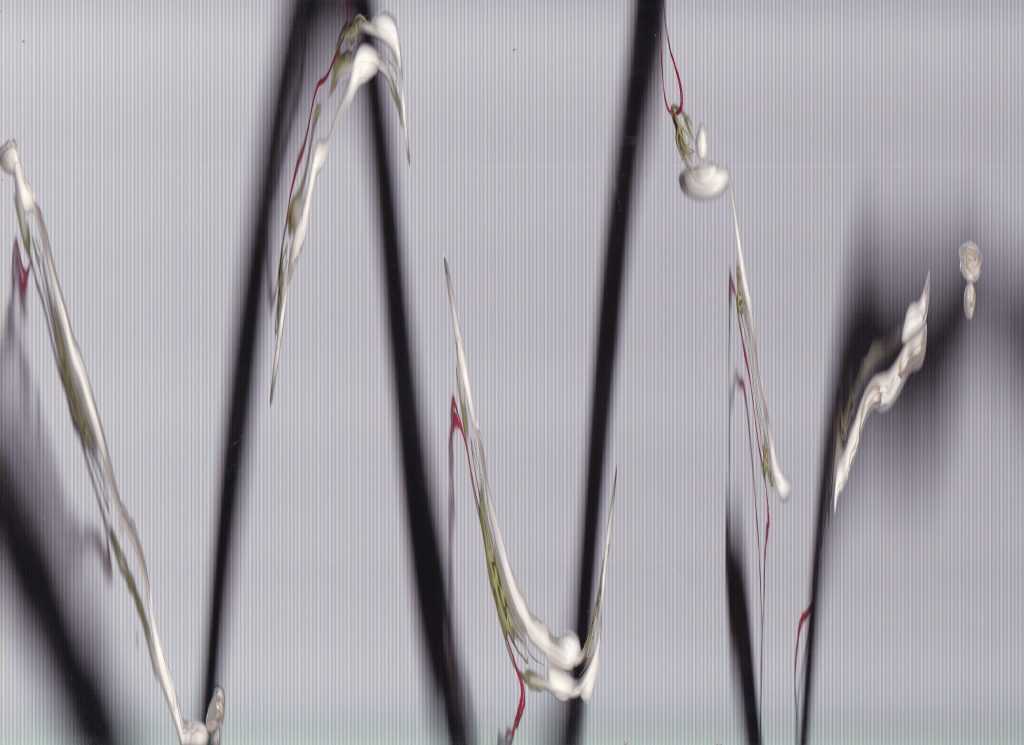
Action 3: Extending and Seeking
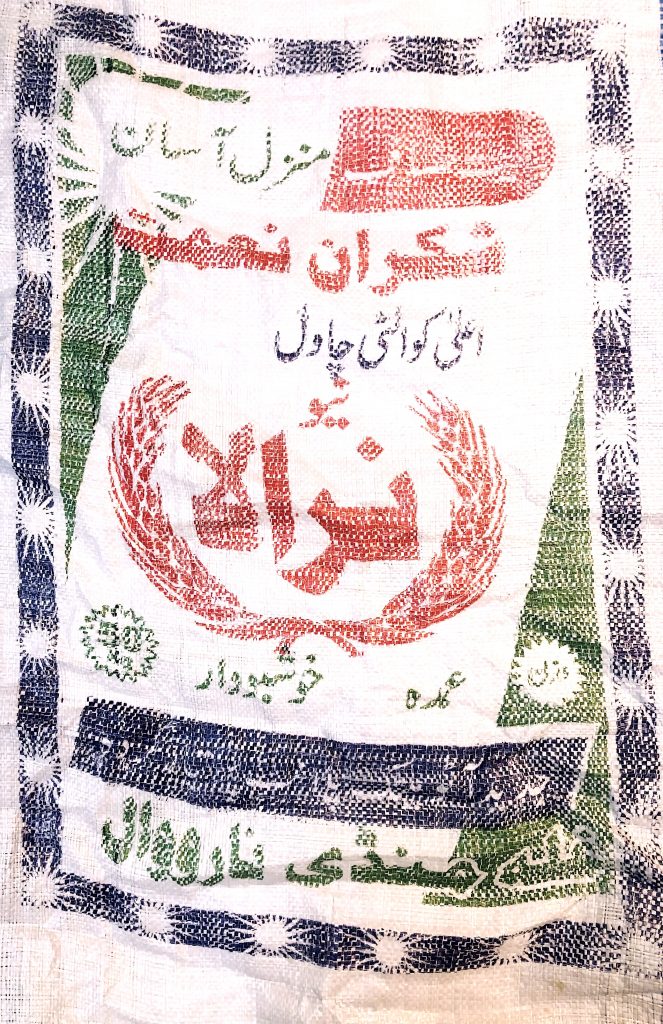
For this action, I stepped away from my screen, bedroom and went out around the house looking for materials I could work with. I spent the entire day noticing little things around me and eventually came across a sack full of rice in my kitchen. I touch Woven polypropylene (PP) sack, made from recycled plastic and examine it closely. It’s beautiful! The plastic is stretched into threads, which are then woven together to create a fabric. This fabric is then used like any other fabric and sewn into reusable bags. At this point, the lexicon word I had in my mind was “Evolving Permanence.”
I transfer the rice out of the sack and lay it flat on the ground. I start to read what’s written on top of the sack. I read it again and again and again. Words like quality, new,50kg and automatic have been displayed in Urdu typeface, although alternative Urdu words are available and could have been easily used to convey the message.
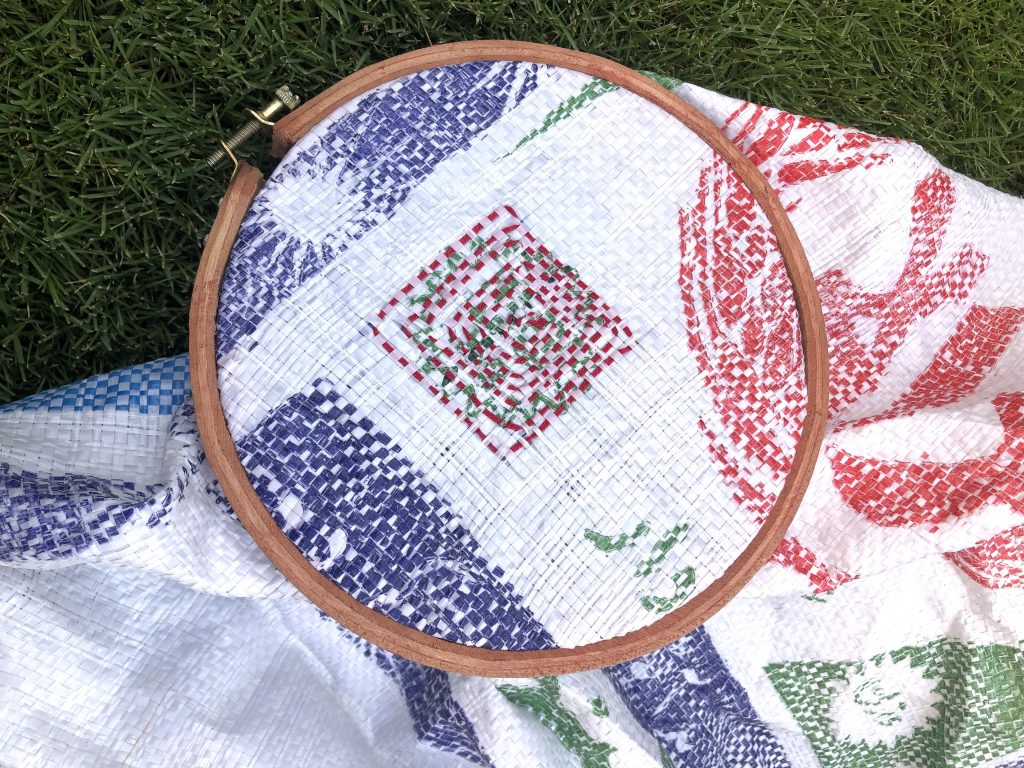
Perhaps I had read too much about decolonization that week, and I was sensitive about everything. Pakistan was a British colony for more than two hundred years. Colonization completely swallowed the indigenous design, and the European systems entirely replaced our knowledge and language. Now, decolonization has come to represent a whole host of ideas. For some, decolonization is a project of decanting settlers’ perspectives to emphasize natives, the process of recovery, restoration of identity, and use to critique eurocentrism and modernism. These are all interconnected to decolonial design. Censoring those words with thread was my process of healing.
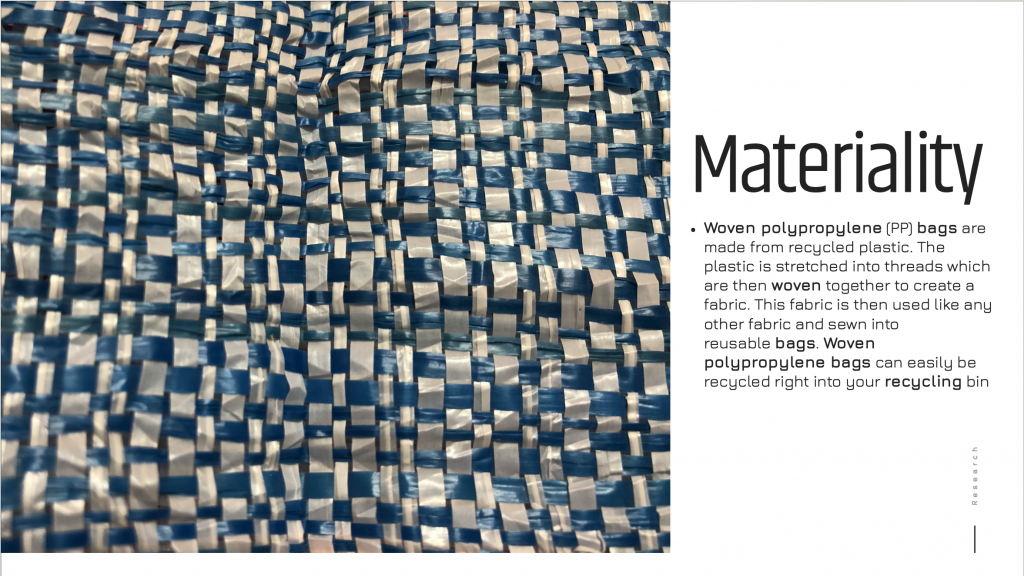
material 
words
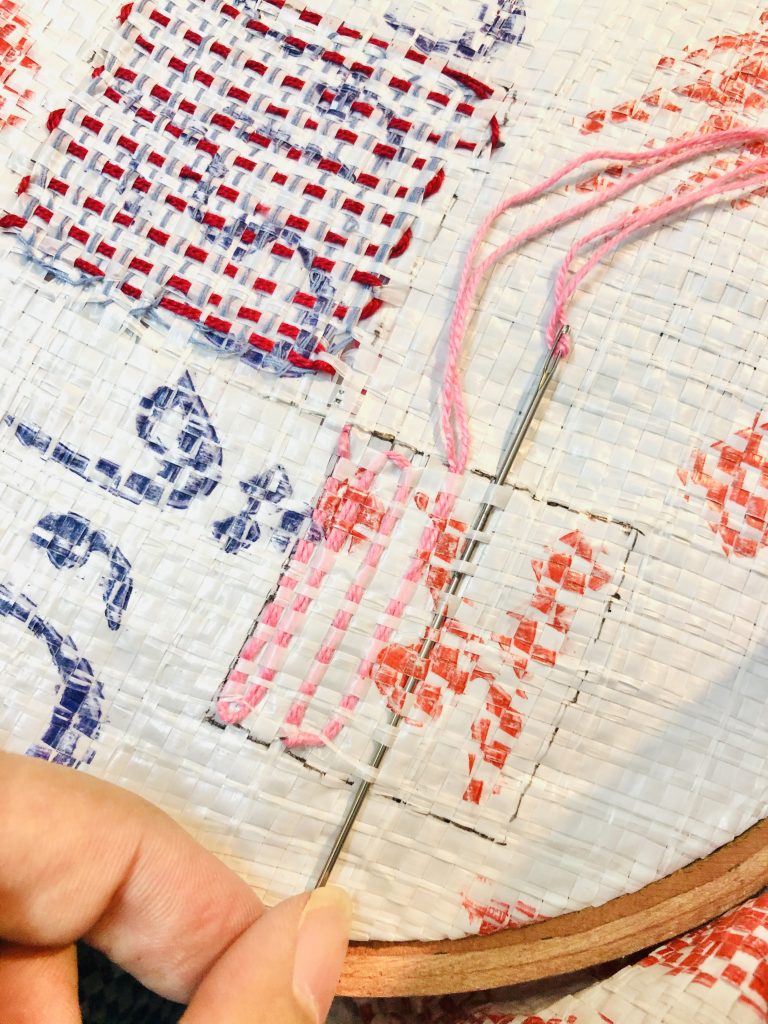
process 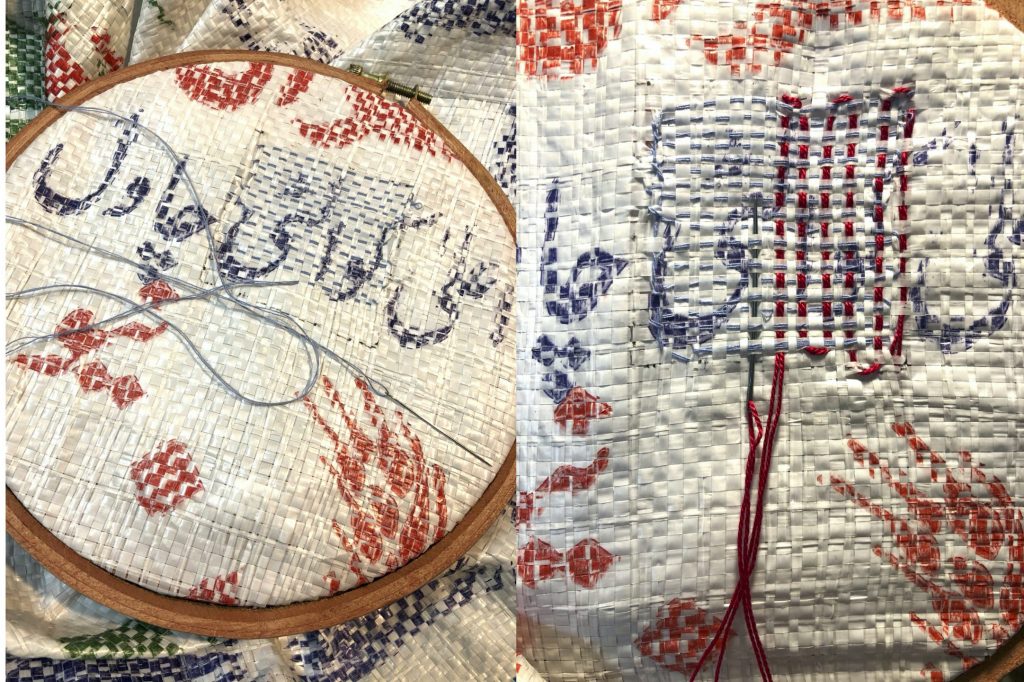
process
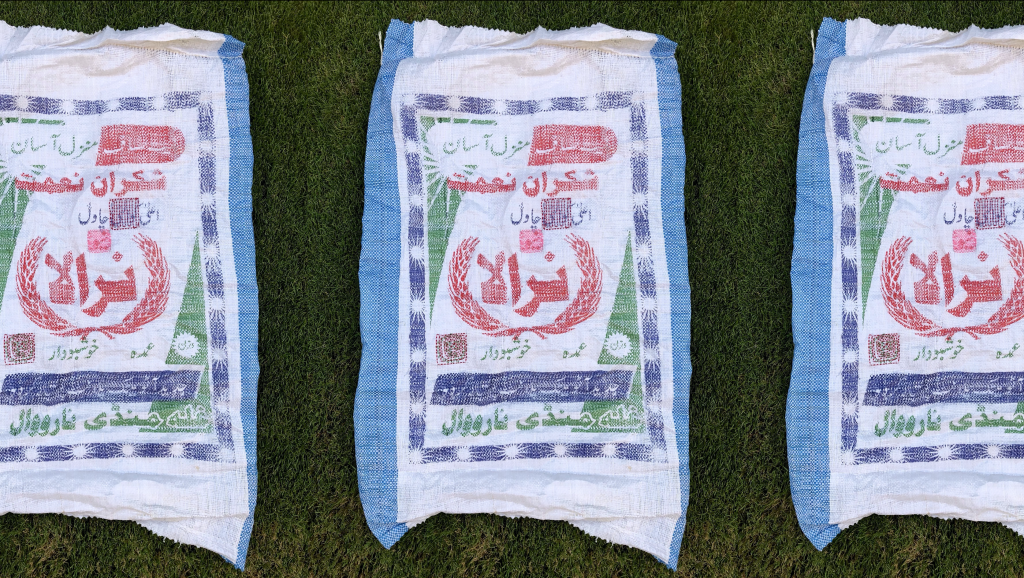
Action 2: TERROIR – an offering
For action two, I was paired with Christa (situated in Vancouver), and we had to design a food experience that is meaningful to us. Reading the word food got me really excited; I love eating, but cooking is not my thing. I shared this information with Christa, so she could find an easy recipe for me to make.
The most fantastic celebration of Lahore is undoubtedly its cuisine. It is a paramount pleasure of the Lahori Punjabi people. Cooking, feeding, sharing recipes and consuming food makes up a massive part of our lives. My experience of growing up in Lahore has been one filled with food, flavour and an intense adoration of hospitality. So I choose Channa(chickpeas) chaart (no word perfectly describes chart in English, but you can think of something that has many ingredients in it or perhaps a mixture) you can have at tea time, lunchtime, dinner time. Even at breakfast, the chana chaart is ever-present, and it is also a popular street food dish and, most importantly, my comfort food.
Christa’s offering was Salsa pico de gallo (fresh) and salsa Roja (charred).On Monday morning, I rushed to the grocery store near my house to buy fresh jalapeños ( the most important ingredient ) to find out that they are not available because of COVID nothing is being exported or imported. So this meant no tortilla chips either. I ended up checking two more superstores in the area but no luck. By this time, I had waisted 3 hours going around in circles. I went home, frustrated.
After a few hours, I decided to improvise the recipe. Instead of using fresh jalapenos, I got canned ones, and for tortilla chips, I found locally made chips. Finally, around 10 p.m, I decided to make the SALSA. I put on the Mexican playlist Christa shared with me and started cutting the tomatoes and green onions for some very odd reason, cutting seemed very therapeutic. It felt like I was letting go of all the tension I had in me, and in that very process, I forgot to document half of the process.
So I finished making both the Salsas by midnight. I set them up on the table and took the first bite after I had swallowed it; I thought it tasted quite nice, so I had some more. It wasn’t just spicy but had loads of lime in it, or maybe I ended up putting in a lot of lemons because I had no set of instructions to follow. However, it was quite delicious.
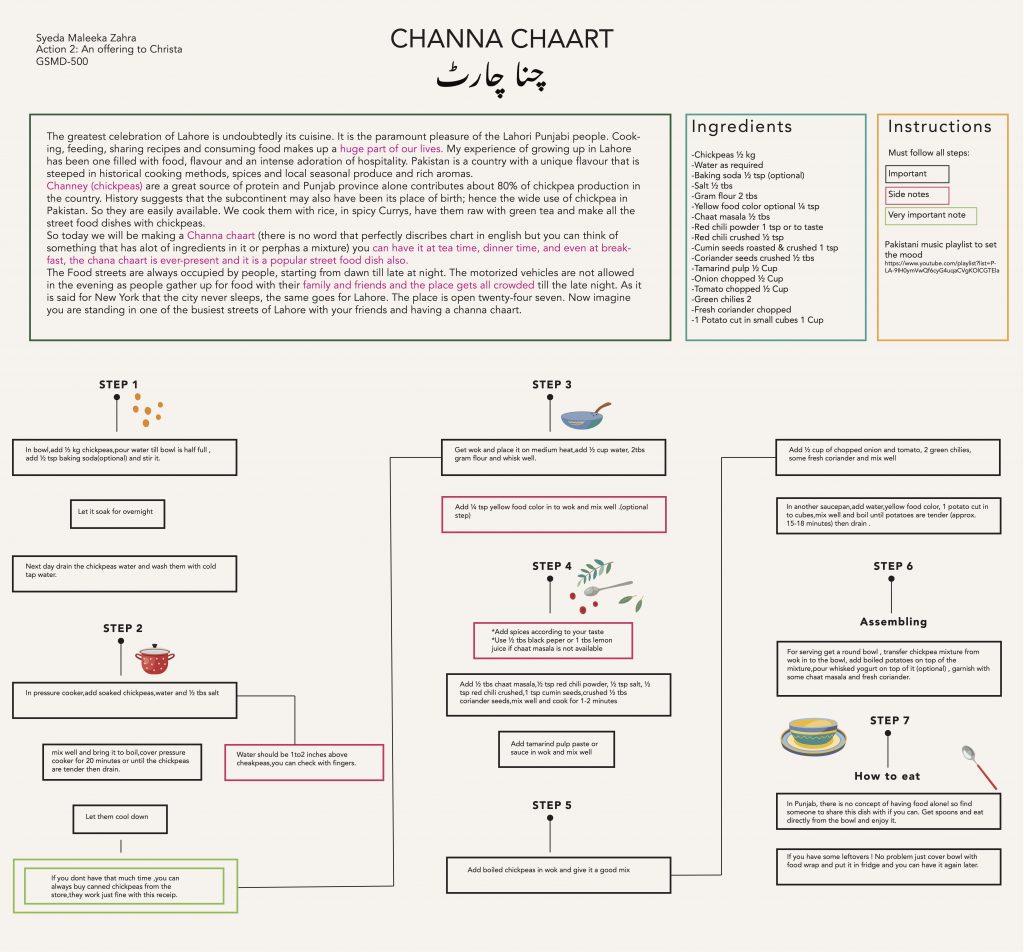
Action 1: Starting from Ground
I was paired with Charles for action one. After the class, we got together on the video call and started discussing everything from music, textile, food, traditions, politics and honestly everything. We concluded the discussion with big questions like who we are? who are our ancestors?
It was an exciting discussion it seemed like we were catching up on the lost information about our land and region, which is censored because of history and this imaginary line called a border. Separating India from Pakistan “Drawing a line doesn’t change the fact that we are brothers of the same motherland” Unknown.

The next morning began with my angry mother, shaking the life out of me and screaming. She thought I would help her around the house while mentally operating in the Pacific standard timezone. With a sleepy head and bad attitude, I started organizing my parent’s study. I began tugging the cupboard door, so I could stuff all the useless magazines and papers into it when suddenly everything from the cupboard came tumbling down on my head like a poorly constructed Jenga tower. For there among the heap, was an old family album. Rustic and torn but full of history.
I spent the next few days going through the family album and having deep conversations with my dad over a cup of tea; about our ancestral past and the journey of every individual. While on the other hand, Charles and I were constantly having a dialogue and sharing more information about our surroundings. By the time I started scanning all the pictures and putting all information (personal and ancestral) together in a presentation form. Every little detail seemed very personal, and I felt like I was oversharing, but I did it. I forced myself out of my comfort zone, and now I’ll have access to this no matter where I am in the world.







